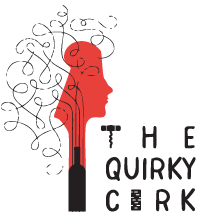Celebrating the Year of the Ox with a Chinese Turkish Feast
February 14, 2021 0Amber Wine, Orange Wine, Red Wine, Rose Wine, Sweet Wine, Turkish Wine, White Wine, Wine Reviews
Friday heralded the Year of the Ox in the Chinese calendar. The day before happened to be a good friend's birthday. She usually holds a huge Chinese New Year pop up restaurant feast. However, COVID etc, that got canceled this year. Instead she hosted our small bubble for a Singaporean-Chinese new year-birthday feast. I decided to use the opportunity to see how I could pair Turkish wine with Chinese food. I brought a number of wines to the feast to cover as wide a spectrum as I could: whites, semi-sweet, rosé, amber, red
Read More













